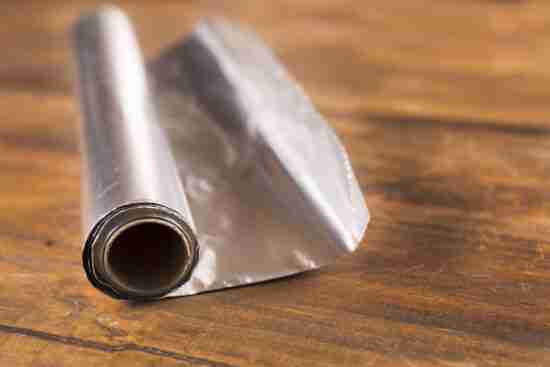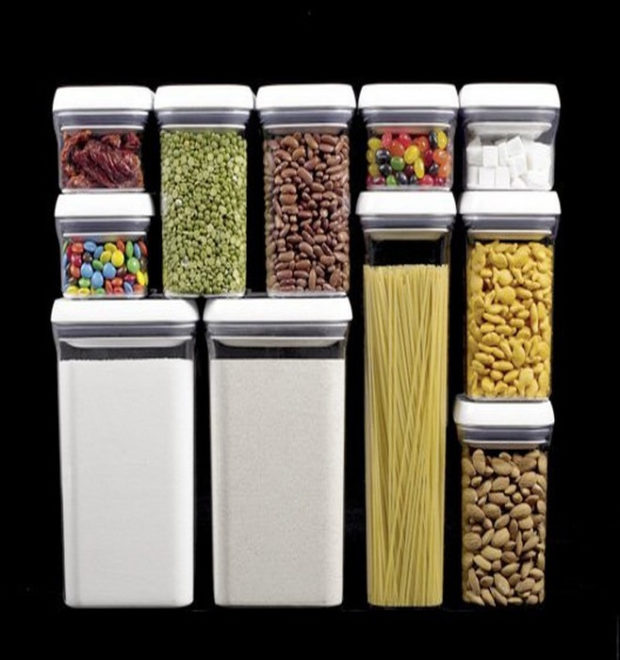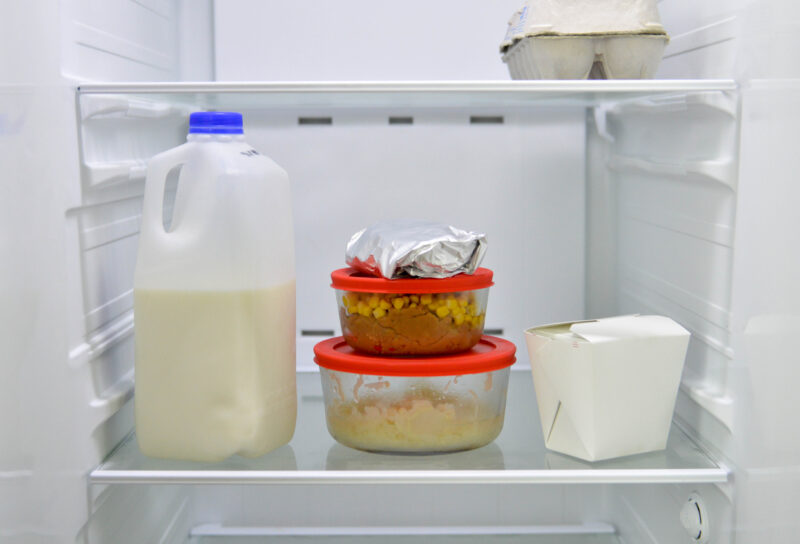There is nothing more frustrating than making a big meal and not saving it properly to eat next day.
Do not fear! There are a bunch of different ways we can preserve our leftovers, the key lies in the methodology. Whether its a few slices of leftover pizza from the delivery last night, or a big helping of pasta from Sunday dinner with Nona, its crucial to think about how you are going to save the food before you wrap it up. We will dive into these different methods, and in each method we can share some examples of different foods that this method should be used for when it comes to preserving leftovers.
Tupperware

Now we all know these containers are the cornerstone to meal saving, prepping, and storage. Glass Tupperware particularly is very popular now, and has been found to be more effective for storage than traditional Tupperware. Tupperware is especially effective with produce and leftover starches like pasta and rice. These items require minimal space in their storage, as the air will affect the quality. By sealing your strawberries or say a leftover fried rice dish in the Tupperware, you cut it off from the rest of the air, limiting possibility for contamination/exposure to the air. If you were to leave a bowl of pasta out in the fridge, it will harden and dry up. Covering your leftovers is crucial to maintaining them, so Tupperware really is a fantastic option.
Tinfoil

Tinfoil is something you see in pretty much every kitchen drawer. And understandably, tinfoil is a very practical item to have around. Whether you are wrapping up a couple pieces of pizza, or putting a layer over a casserole, tinfoil serves a similar purpose to Tupperware, it just isn’t something that is meant for everything. For instance, its not protective enough to contain something from oxygen, so if you were to put a piece of fruit in tinfoil, even if it were stuck in the fridge it would likely rot very quickly. Tinfoil’s best reputation is as a cooking cover or a packaging material.
Utilizing the Freezer

The freezer is most definitely our friend! While some people may shy away from the frozen section in the grocery store, we shouldn’t in our homes. Meats especially have incredible freezer-life. If you are able to take out the oxygen from the packaging of the meat, you can sometimes store some meats in the freezer for months on end. The freezer is also a great place for your starches! Items like breads and bagels, they are able to maintain their freshness for the most part, and are easy to reheat and use when the time comes. You really can get great use out of your fridge, if you utilize it correctly.
Plastic Wrap

Plastic wrap is another very practical way to preserve your leftover food. It works especially well with foods you want to keep on the plate or in the bowl, and it does a very good job of keeping the excess oxygen out. Many have a problem with the footprint left on the environment from plastic wrap, but if it’s wrapped with good amounts and not overused, it is not so problematic. Maybe for your next well-plated meal, if you want to keep that same plating on the food let’s say for someone who left the dinner table, plastic wrap is the perfect way to preserve that look and still keep the food fresh.
Pantry Storage Units

Let’s look in the pantry! If you are someone who can’t stand clutter, bags, and mess, these types of air-tight storage containers are great for your pantry goods. You can ditch all the bags and boxes and convert everything into these cool-looking containers. It will help preserve your food for longer and will overall help your pantry look more organized. It is a good set to have also for packing lunches and keeping your kids and loved ones food fresh.
To Wrap It Up
Looking back, we discussed some ways in which you can further improve on your leftover-saving skills. Whether it be with tinfoil, Tupperware, pantry-storage units, the different methods each have their own pro’s and con’s. That being said we highly recommend you always save your leftovers and make the best use of your food.

